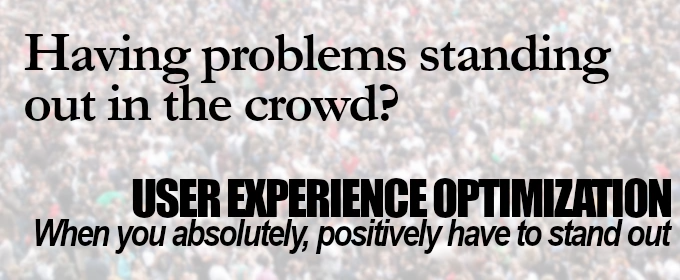 Remarketing is a special form of traffic generation that works by placing a small cookie on the visitor’s machine when they visit your site. From that point forward, you can “remarket” to that user by showing your ads to them when they traverse other websites.
Remarketing is a special form of traffic generation that works by placing a small cookie on the visitor’s machine when they visit your site. From that point forward, you can “remarket” to that user by showing your ads to them when they traverse other websites.
You may have noticed that when you search Amazon.com for a particular item, that all over the web you start seeing ads for that item on Amazon, on many different websites. This is a form of remarketing.
We take it one step further. Where typical remarketing is “set and forget” (i.e., once you are targeted, you are targeted, and you will continue seeing the ads), our remarketing is more sophisticated, allowing you to change and hone the remarketing message dependent upon visitor behavior.
For example, if a user just visits your site then leaves, you may target them with one specific message, whereas if they come to your site and execute a particular task, like completing a purchase or filling in a form, you may change the message being remarketed to them, or cancel remarketing altogether.
Don’t Users Find Remarketing Annoying? According to recent studies, use of remarketing can increase website sales by 400%. Who wouldn’t want a piece of that? Other studies show that 46% of users surveyed appreciate marketing that is targeted to their interests or needs. Remarketing provides a valuable service to your users. It also provides a beneficial result for the bottom line of your business.
That’s not all … there’s more. Most pixel-based or cookie-based retargeting or remarketing can be defeated by end-user deletion of cookies. Once the user deletes the cookies, your ability to remarket to them goes away. Our programmers have found a combination of methods that allows us to continue to target your potential customer without use of cookies. We can even do this across devices! Think of that … the user finds you initially on their smartphone, then looks you up on their PC at home.
In both cases, based on sophisticated custom algorithms we’ve developed in-house, we can “follow” that user, so that, despite their “entry point” in the search or visit funnel, your efforts to reach that individual can go far beyond the initial contact.
